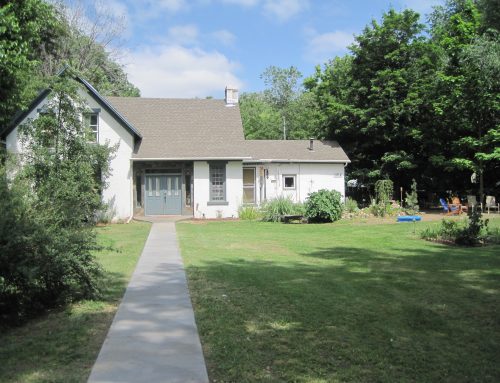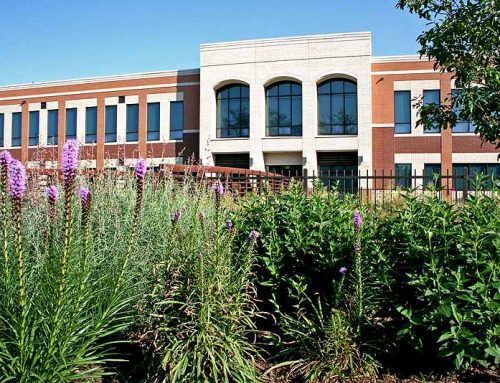Recommendations
You can do an inspection yourself or hire a professional inspector. Sometimes buyers have personal expertise or friends with expertise and prefer to do their own inspections but my observation is that a good professional does a better and more comprehensive inspection and a superior report. Over the years I’ve also had the opportunity to learn quite a bit about homes and common problems. It is my recommendation, that for a thorough professional inspection with a detailed report contact Russ Abrams at Pillar to Post. Russ has an “arms length” relationship with me and all other Realtors so his report is unbiased. Pillar to Post’s website details the work that is conducted and the report you will receive.
Pillar to Post Website Info
- Home Inspection Services
- Russ Abram – certified home inspector
- Getting ready for an inspection
- Steps to prepare for an inspection
What an inspection should cover
The primary purpose of an inspection is to identify major issues; foundations, heating (furnaces), electrical, plumbing, and roofs. Smaller issues such as a broken window, leaky faucet, etc. are also commonly caught. Be aware that the seller is not obligated to provide any repairs, therefore the purpose is to let you know what the condition of the home is. You know what your getting into and what you will have to deal with. Home inspections will vary depending on the type of property you are purchasing. A large historic home, for example, will require a more specialized inspection than a small condominium. However, the following are the basic elements that a home inspector will check. For more information, try the virtual home inspection at www.ASHI.org, the Web site of the American Society of Home Inspectors.
Structure: A home’s skeleton impacts how the property stands up to weather, gravity, and the earth. Structural components, including the foundation and the framing, should be inspected.
Exterior: The inspector should look at sidewalks, driveways, steps, windows, and doors. A home’s siding, trim, and surface drainage also are part of an exterior inspection.
- Doors and windows
- Siding (brick, stone, stucco, vinyl, wood, etc.)
- Driveways/sidewalks
- Attached porches, decks, and balconies
Roofing: A well-maintained roof protects you from rain, snow, and other forces of nature. An inspector should look at the roof’s age, conditions of flashing, roof draining systems (pooling water), buckled shingles, loose gutters and downspouts, skylight, and chimneys.
Plumbing: An inspector should examine the water supply and drainage systems, water heating equipment, and fuel storage systems. Drainage pumps and sump pumps also fall under this category. Poor water pressure, banging pipes, rust spots, or corrosion can indicate problems.
Electrical: Safe electrical wiring is essential. An inspector should look for the condition of service entrance wires, service panels, breakers and fuses, and disconnects. An inspector should also take note of the number of outlets in each room.
Heating: The home’s heating system, vent system, flues, and chimneys should be inspected. An inspector should look for age of water heater, whether the size is adequate for the house, speed of recovery, and energy rating.
Air Conditioning: Your inspector should describe your home cooling system, its energy source, and inspect the central and through-wall cooling equipment. Consider the age and energy rating of the system.
Interiors: An inspection of the inside of the home can reveal plumbing leaks, insect damage, rot, construction defects, and other issues. An inspector should take a close look at:
- Walls, ceilings and floors
- Steps, stairways, and railings
- Counter tops and cabinets
- Garage doors and garage door systems
Ventilation/insulation: To prevent energy loss, check for adequate insulation and ventilation in the attic and in unfinished areas such as crawlspaces. An inspector should also look for proper, secured insulation in walls. Insulation should be appropriate for the climate. Excess moisture in the home can lead to mold and water damage.
Fireplaces: They’re charming, but they could be dangerous if not properly installed. Inspectors should examine the system, including the vent and flue, and describe solid fuel burning appliances.
Inspections- How they are used
Inspections can become a negotiation item. For example, when a furnace is bad the home seller and home buyer may choose to cost share a replacement. Inspections are an item on the contract and the results of an inspection can be cause for terminating a contract. JoAnn deals with inspection negotiations on a regular basis and has been successful due to her ability to deal effectively and honestly with both buyers and sellers.
In addition to a standard home purchasing contract, there are two other key times that I recommend a professional inspection.
The first type is where a home owner hires an inspector prior to listing their house for sale. There can be distinct advantages to a seller as they may have more time and flexibility to correct problems. Some sellers figure that issues may come up one way or another so why not go ahead and get the problems addressed up front?
The second type has nothing to do with a real estate transaction… it is simply having your home periodically inspected. Not a bad idea when you think about it. It can be an incentive for correcting problems you suspected were there or finding something unexpected (and possibly dangerous).
Be aware that regardless of whether or not an inspection is conducted or paid for by the buyer, an appraiser is going to take a look at a house and issues may be identified in a separate inspection report. For example, an appraiser may call for a roof inspection with the inspection prepared by a certified roof inspector. Other issues like loose handrails, flaking paint, etc. may also surface during an inspection. The appraiser is working to protect the interests of the mortgage lender by insuring the property is in livable condition.





